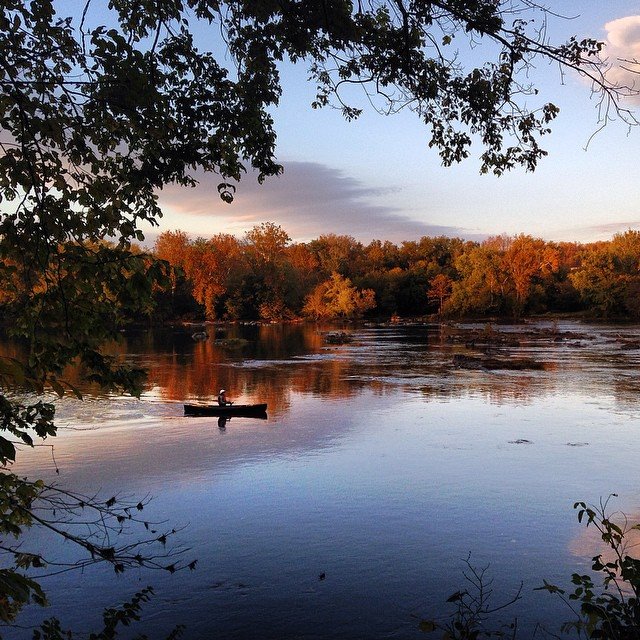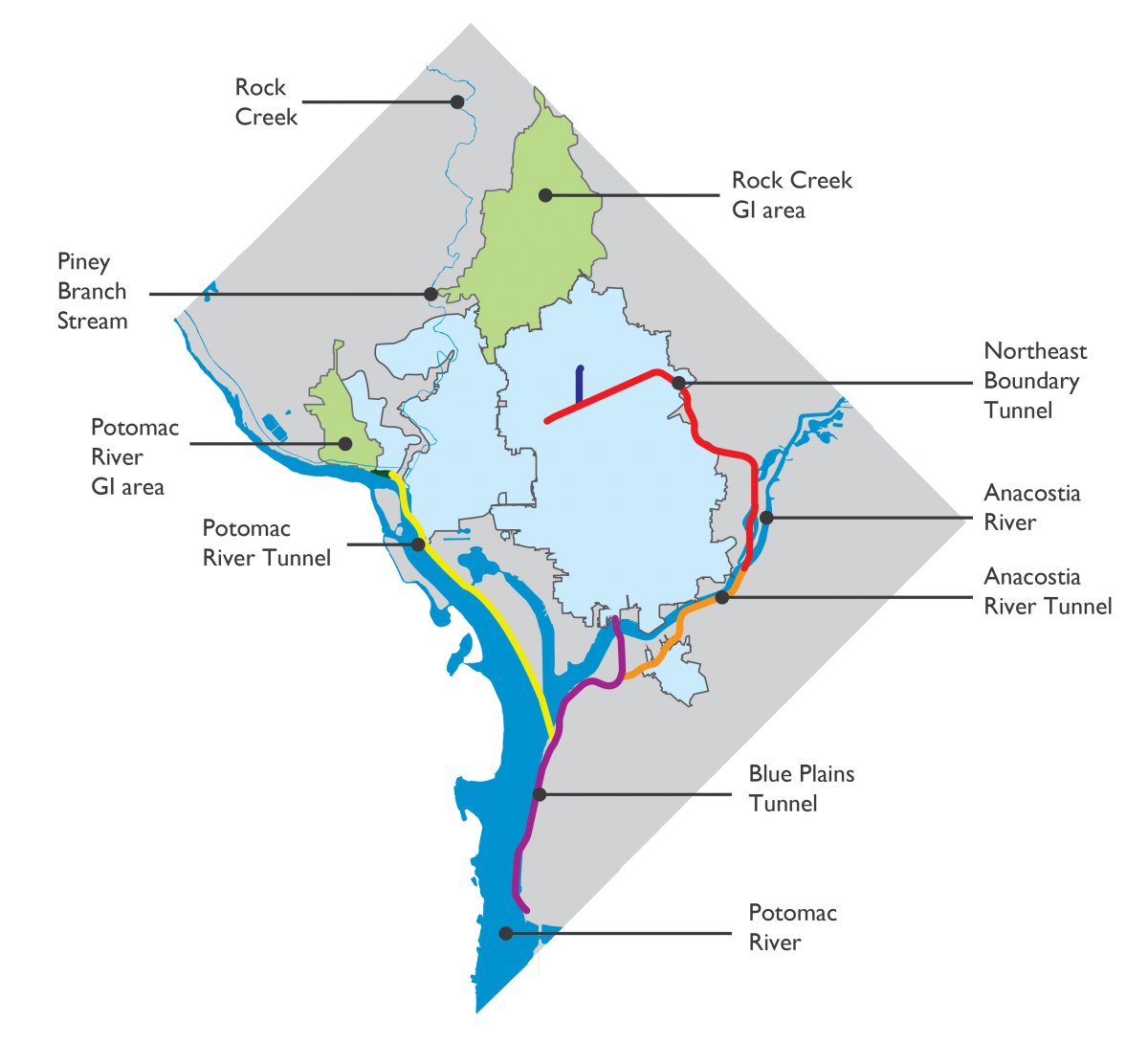On February 4, U.S. Environmental Protection Agency (EPA) Administrator Gina McCarthy and Assistant Secretary of the Army for Civil Works Jo-Ellen Darcy testified at a Joint Senate and House hearing, defending the agencies’ jointly proposed “Waters of the United States” rule. The agencies’ rulemaking attempts to clarify uncertainty over the Clean Water Act’s reach following Supreme Court decisions that created competing tests for determining jurisdiction. Clarification provided by the rule also would lead to quicker turnaround times for permit applications. The agencies said they expect to issue the final rule as early as this April.
The hearing was convened by Sen. James Inhofe, R-Okla., chairman of the Senate Environment and Public Works Committee, and Rep. Bill Shuster, R-Pa., chairman of the House Transportation and Infrastructure Committee, to examine the rule’s potential effects on stakeholders, including state and local governments. A host of state and local government officials also were invited to testify at the hearing.
At the hearing, substantial discussion took place on key definitions under the proposed rule — such as what constitutes “tributaries” and “adjacent” waters — and the more than 1 million comments the EPA is said to have received.
EPA acknowledged that numerous clarifications were necessary, but that it was their intent to do so in the final rule. McCarthy said EPA does not intend to propose a supplemental notice where it seeks additional public comment on the updated rule. However, the day before the hearing, EPA did withdraw the interpretative portion of the rule addressing agricultural exemptions for permit holders under the Clean Water Act.
McCarthy confirmed that the rule will clarify that green infrastructure practices are not considered jurisdictional Waters of the U.S. She also stated that wet weather and combined sewer overflows are not covered under the rule since they are already regulated by other portions of the Clean Water Act.
McCarthy said that EPA intends to make clear what is and is not covered by the rule, especially related to ditches, which were a source of much concern by commenters. Many ditches carry ephemeral flows, such as roadside ditches and those collecting drainage from agricultural fields. The frequency and flow in these ditches would have to be significant enough to affect downstream waters to be considered jurisdictional, McCarthy said. The agencies propose defining a tributary as having a bed, bank, and an ordinary high water mark. The proposed rule also would exclude ditches that are constructed on dry lands, drain only dry lands, and do not have perennial flow.
Additionally, isolated ponds, puddles, reflecting pools, artificially irrigated areas, and water-filled depressions incidental to construction also will not be considered jurisdictional.
At the start of the 114th Congress, Republican leaders made it clear they would seek to block the rule through stand-alone legislation, the appropriations process, or amendments to other bills. They have said the Clean Water Act rule is regulatory overreach and a federal attempt at controlling local land-use decisions.
In advance of the hearing, on Jan. 28, House lawmakers reintroduced a bill, the “Waters of the United States Regulatory Overreach Protection Act of 2015” (H.R. 594), that would block EPA and the Army Corps of Engineers from finalizing the Waters of the U.S. rule. The House bill would bar the administration from finalizing or implementing the proposed rule or an earlier contested EPA-Army Corps of Engineers guidance on Clean Water Act jurisdiction. H.R. 594 also would bar use of the proposed rule or earlier guidance language in any future policy and require the agencies to launch a formal consultation with state and local governments to develop a new proposed rule. Sen. John Barrasso, R-Wyo., also announced that he plans to introduce a similar bill that would put a stop to the Waters of the U.S. rulemaking.
On Jan. 15, EPA’s Office of Research and Development also released the final report on the connectivity of streams and wetlands to downstream waters, which served as scientific background for the rulemaking. The report summarizes current scientific understanding from more than 1,200 peer-reviewed, published studies.
While the report showed that connectivity between waters occurs in gradients, streams — regardless of their size or frequency of flow — strongly influence downstream waters. Wetlands and open waters in riparian areas and floodplains are integrated with streams and rivers, and ample evidence shows that even seasonal waters outside these areas, such as prairie potholes and playa lakes that lack surface water connections, can provide beneficial functions.














